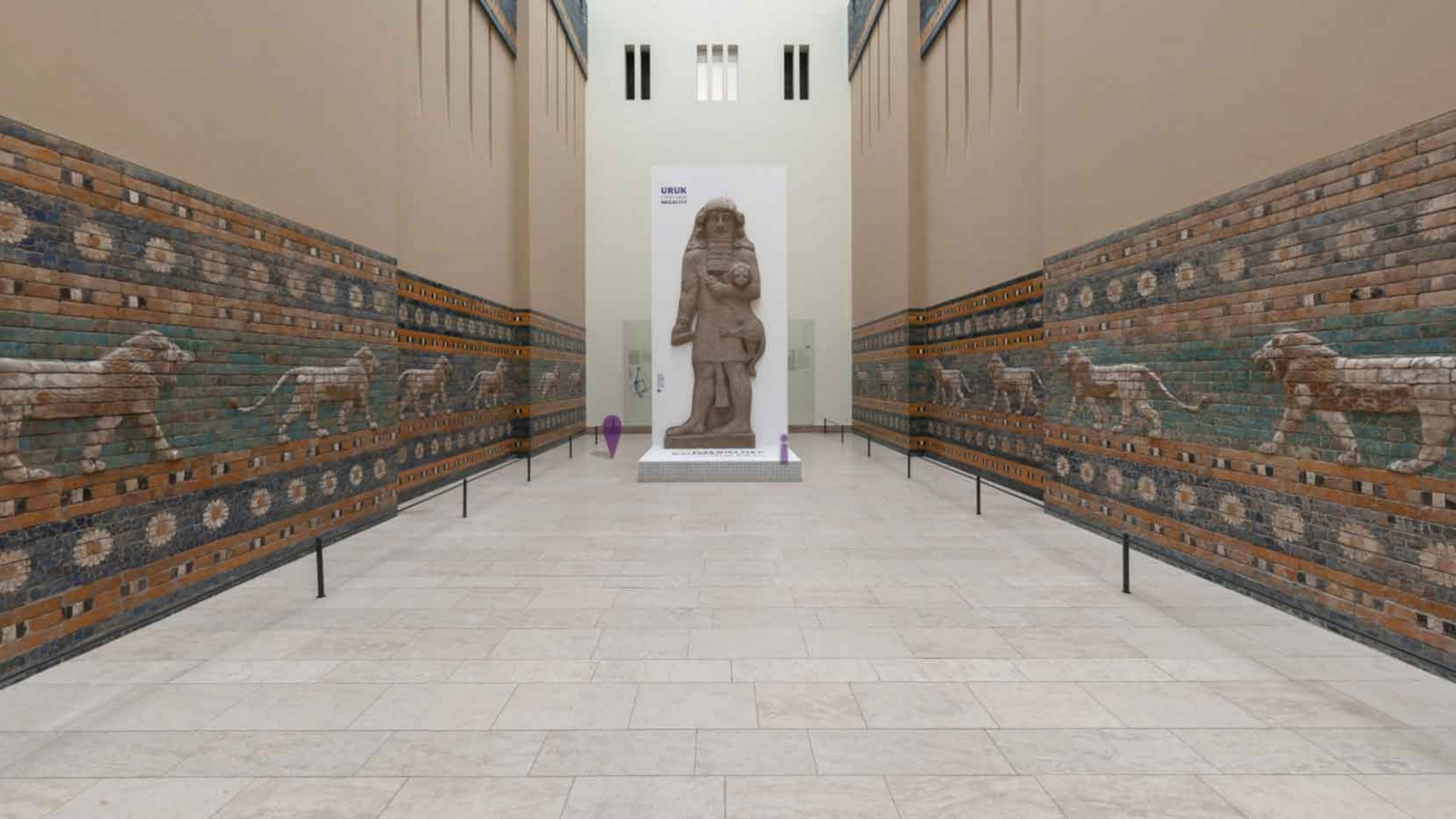The Pergamon Museum and its world-class collection of antiquities will close this month for a top-to-bottom restoration not due to be completed before 2037.
The institution houses treasures, including the Great Altar of Pergamon, built in the second century B.C., the 2,600-year-old Ishtar Gate of Babylon and a vast millennium-spanning collection of Islamic art.
The museum, which opened in 1930 and was named for the Ancient Greek masterpiece, attracts more than one million visitors yearly when all its exhibits are accessible.
The impending 14-year closure beginning on Oct. 23 has prompted a rush by Berliners and tourists alike to catch one last glimpse.
German archaeologists discovered the ruins of the Pergamon Altar between 1878 and 1886 and sent them back to Berlin based on an agreement between the German government and the Ottoman Empire, according to German officials’ claims. Its reconstruction took until 1902.
Turkey has been conducting an intensive diplomatic effort for the return of the altar, which belongs to the Anatolian territory, since the 1990s. The Culture and Tourism Ministry carried out comprehensive archive studies. However, despite Türkiye’s insistent request for the return of the altar, Germany continues to remain silent.
The temple-like museum building was erected to showcase the ornate altar and the Ishtar Gate, with the spectacular lion reliefs of its Processional Way, to the fullest dramatic effect.
However the strains of time and the sheer weight of the collections, resting on a porous Ice Age riverbed, have caused the museum to crumble.
Stabilizing and reinforcing the more than century-old underground concrete foundations are a Herculean task, helping to explain the extraordinary duration and estimated 1.5-billion-euro cost of the renovation.







